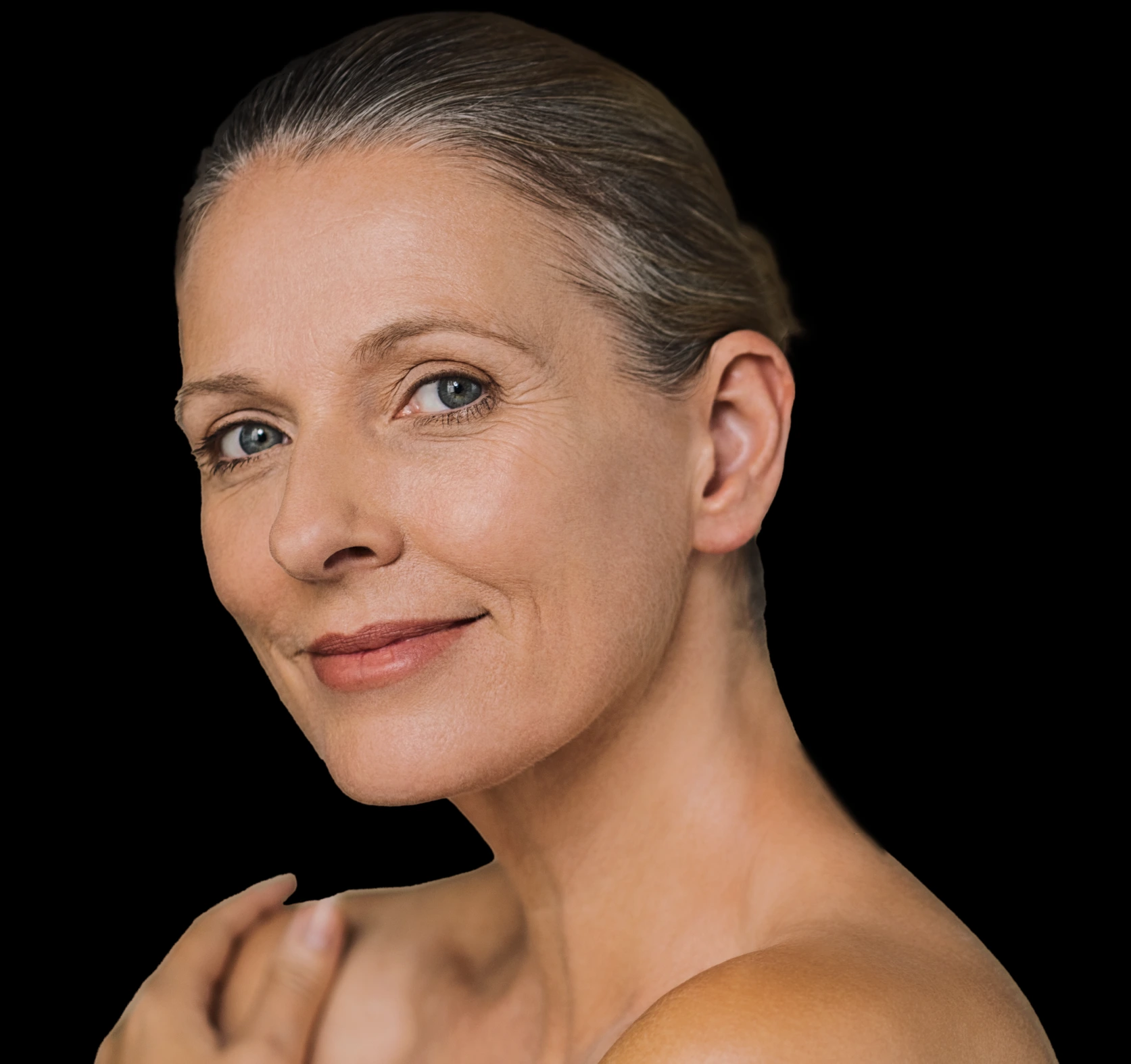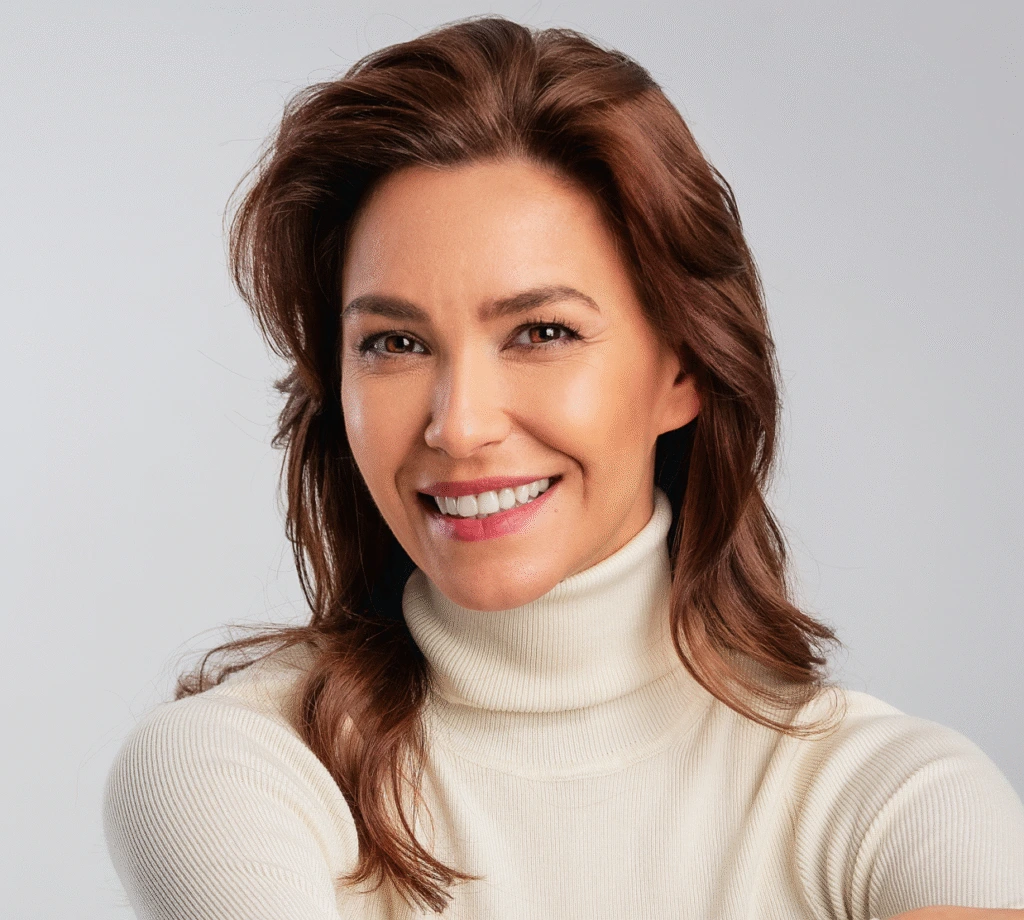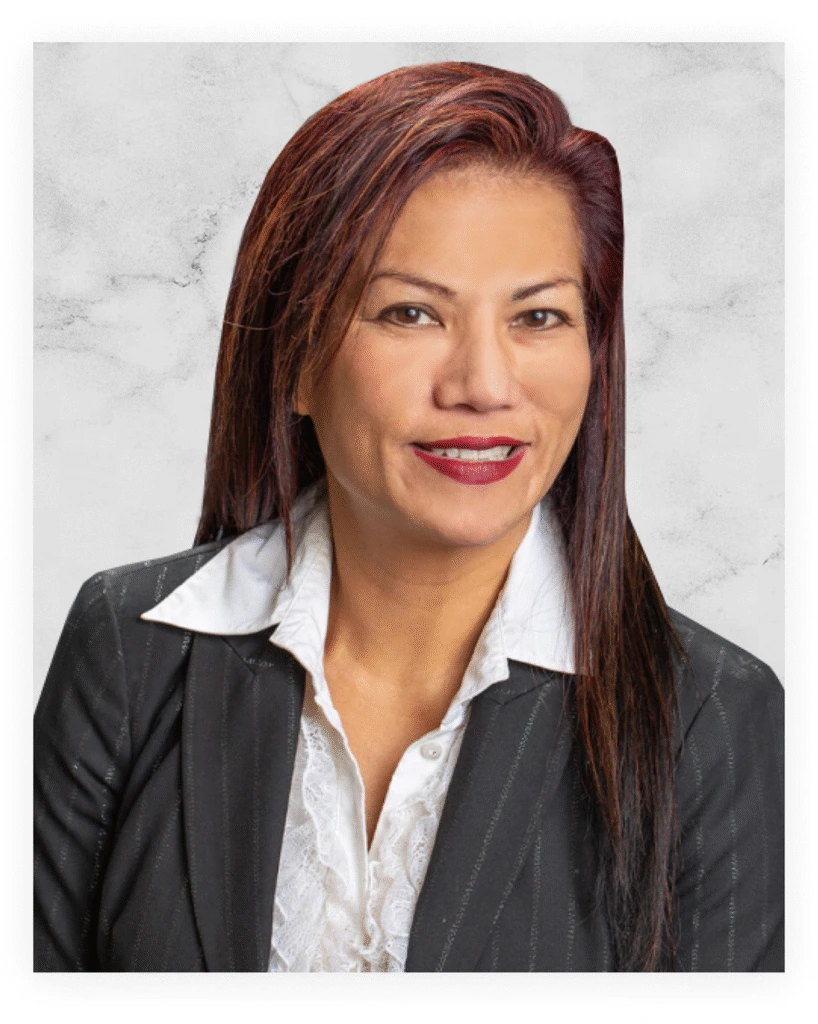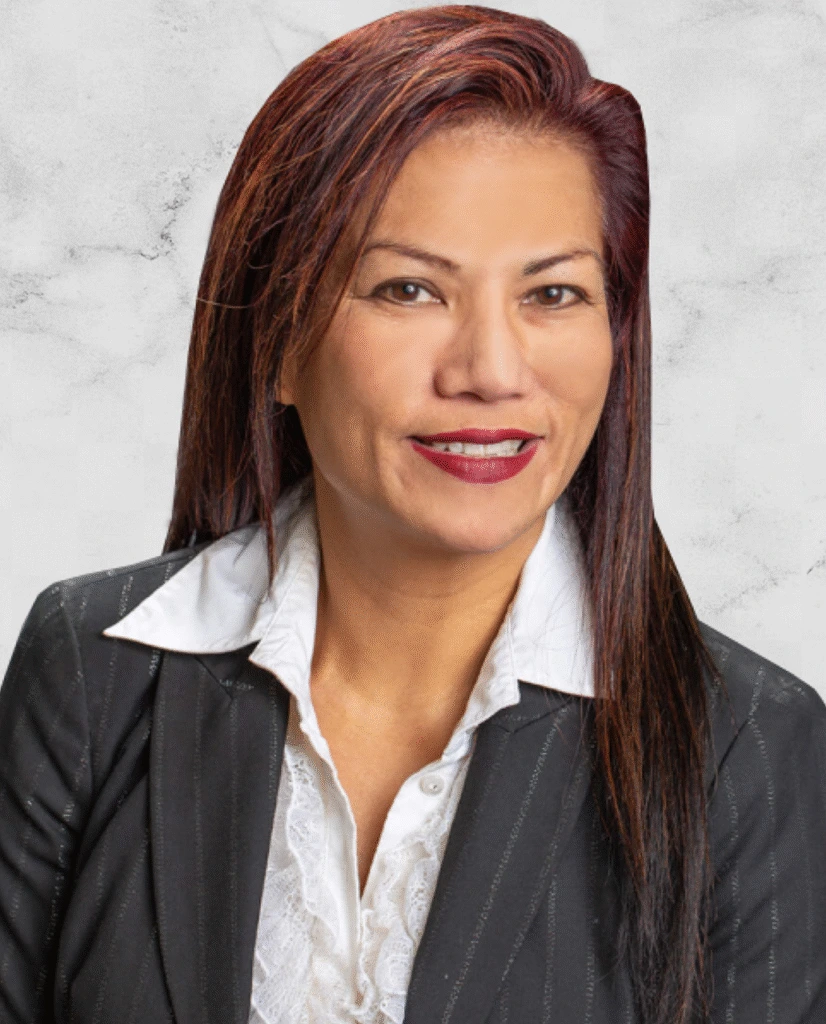Deep Plane Facelift in Bradenton & Sarasota, FL
LA Plastic Surgery in Bradenton and Sarasota, FL, offers a sophisticated approach to the deep plane facelift, elevating facial rejuvenation beyond traditional techniques. This advanced procedure is the pinnacle of modern facial surgery, addressing aging at multiple levels for truly transformative results. Our practice has pioneered innovative combinations of surgical techniques and cutting-edge technologies like helium plasma and PRP, which are not commonly found elsewhere.





Choosing to undergo a deep plane facelift is a personal decision often influenced by aesthetic goals and the natural aging process. It suits many individuals who want to address facial aging more comprehensively. Ideal candidates typically fall into the following groups:


LA Plastic Surgery takes a different approach to deep plane facelifts than most practices. Our technique combines traditional methods with innovative plasma technology, fat grafting, and regenerative medicine. This unique approach repositions facial tissues more effectively and creates longer-lasting results.
Our Bradenton and Sarasota clinics have become the learning centers where surgeons worldwide come to observe the latest methods. Our focus on natural-looking results that enhance each patient’s unique facial features truly sets us apart. We avoid the artificial appearance sometimes seen with standard facelifts by carefully analyzing each face and creating personalized surgical plans. This attention to detail has earned us recognition as leaders in facial rejuvenation.

The Plasma Lyft facelift is a groundbreaking facial rejuvenation technique that adapts to each patient’s unique needs. This signature procedure harnesses the power of Renuvion helium plasma technology, combining it with advanced surgical methods and regenerative medicine to deliver comprehensive results. Available in three customizable intensity levels — Light, Classic, and Ultra — the Plasma Lyft addresses everything from mild skin laxity to significant facial sagging and volume loss.